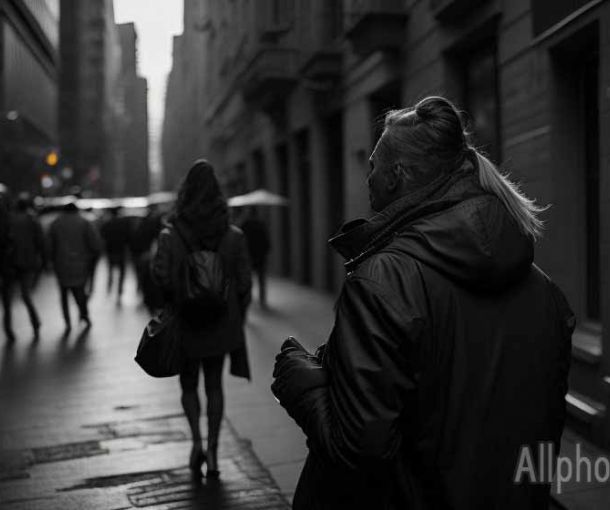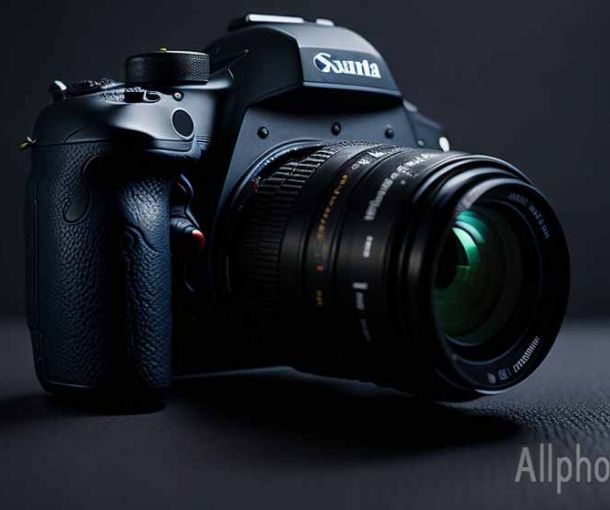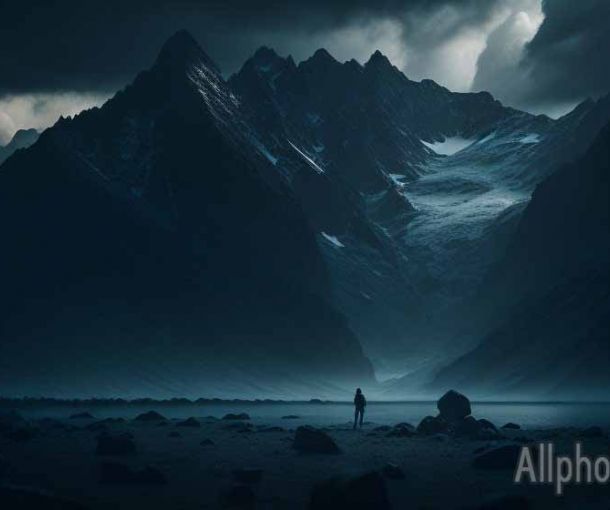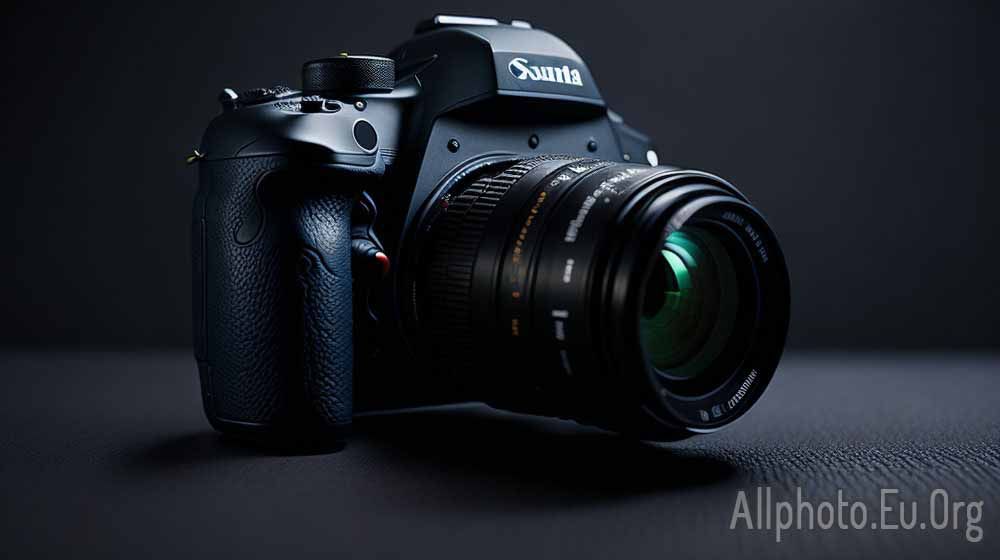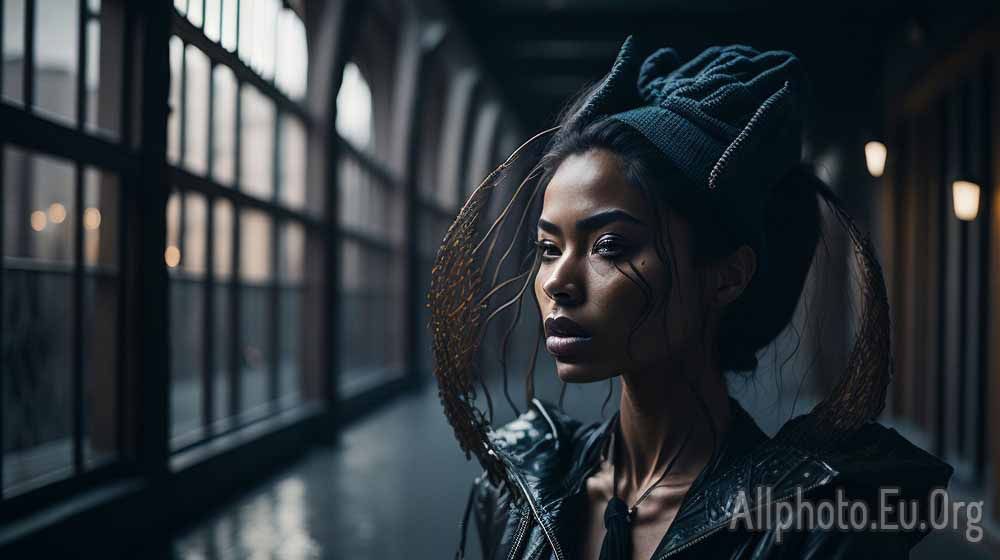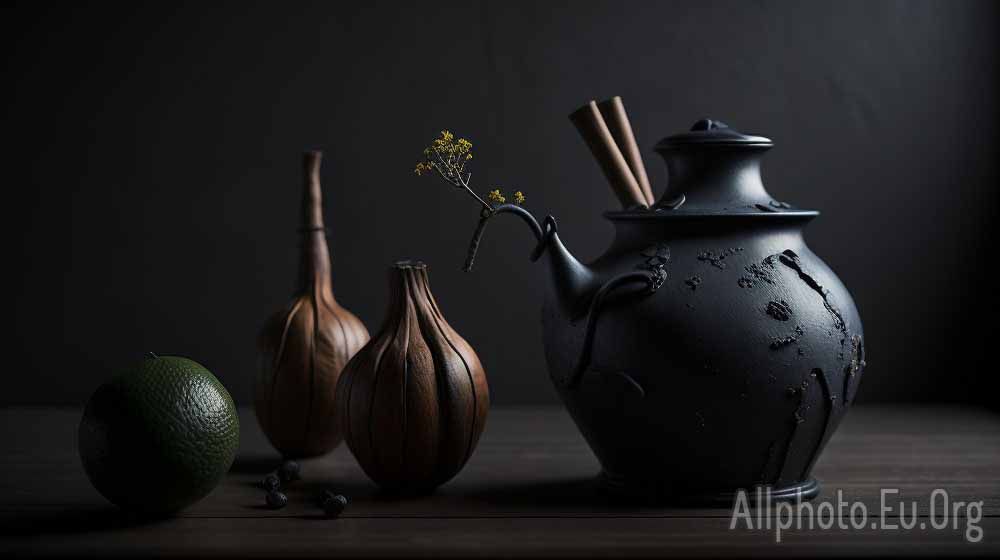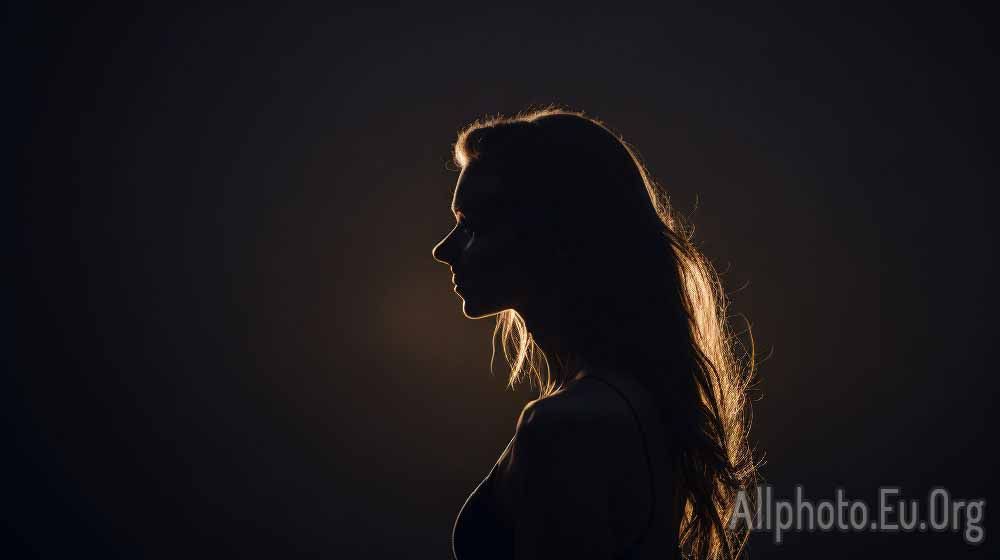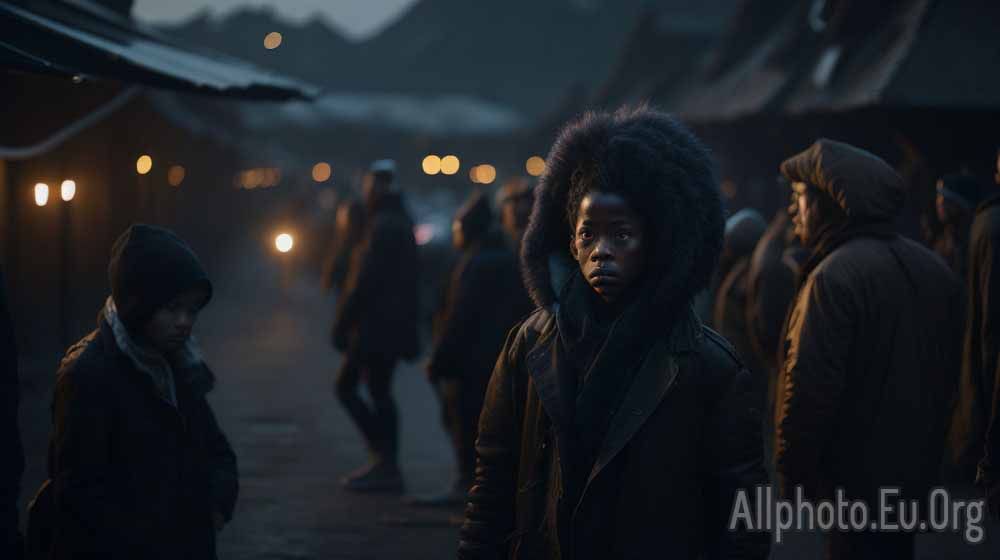The Benefits of Using Filters in Photography

As the world becomes increasingly visually-oriented, photography has become a critical tool for capturing the essence of the moment. Photographers understand that the right use of filters can transform a regular image into a piece of art. The use of filters has become a crucial element in photography, helping photographers to capture images with stunning clarity and beauty. In this article, we explore the benefits of using filters in photography.
Filters are pieces of glass or plastic placed in front of a lens to modify the light entering the camera. Filters are used to achieve various effects, including color correction, contrast, and saturation. Filters are often used in landscape, portrait, and architectural photography.
-
Filters improve image quality.
The primary benefit of using filters is the improvement in image quality. A high-quality filter can protect your lens from dust, moisture, and scratches, which can significantly reduce the sharpness and clarity of your images. Filters can also help reduce reflections and glare in your images, especially when photographing landscapes or water surfaces. In addition, filters can help control light and shadows, allowing you to capture the perfect image in various lighting conditions.
-
Filters can enhance color.
One of the most popular uses of filters is to enhance the color of your images. Filters can add warmth, coolness, or color saturation to your images. For example, a polarizing filter can help to enhance the blue color of the sky and make the clouds pop out. A color filter can help to enhance the color of flowers or other objects in your image.
-
Filters can create special effects.
Filters can also be used to create special effects, such as softening an image or creating a vignette effect. A softening filter can help to create a dreamy effect in your images, which is perfect for portrait or wedding photography. A vignette filter can help to highlight the subject in your image by darkening the edges of your image.
-
Filters can save time in post-processing.
Another benefit of using filters is that they can save time in post-processing. When you use a filter to achieve a specific effect, you don't need to spend as much time editing your images in post-processing. For example, if you use a polarizing filter to enhance the color of the sky, you won't need to spend as much time adjusting the color in post-processing.
-
Filters can help you achieve a specific mood.
Filters can also help you achieve a specific mood in your images. For example, a warm filter can help to create a nostalgic or romantic mood in your images, while a cool filter can help to create a calm or serene mood. By using filters, you can add a unique touch to your images and create an emotional connection with your viewers.
-
Filters can help you stand out from the crowd.
Finally, using filters can help you stand out from the crowd. With the increasing popularity of photography, it's becoming more challenging to create unique and memorable images. By using filters creatively, you can create images that stand out and catch the eye of your audience.
-
Filters can provide protection to your lenses.
Apart from enhancing image quality, filters can also provide protection to your lenses. Lenses are expensive and delicate, and any damage to them can significantly affect the quality of your images. Using filters, such as UV or clear filters, can protect your lenses from dust, moisture, and scratches. These filters act as a barrier, preventing damage to the lens, and can be easily replaced if they get damaged.
-
Filters can help control the exposure.
Filters can also be used to control the exposure in your images. Neutral density filters, for example, can reduce the amount of light entering the camera, allowing you to use slower shutter speeds or wider apertures without overexposing the image. This can be particularly useful when photographing in bright sunlight or when trying to capture motion blur.
-
Filters can enhance black and white photography.
Filters can also be used to enhance black and white photography. By using color filters, you can change the way the camera sees colors and create a different tonal range in your black and white images. For example, a red filter can darken the blue sky and make white clouds stand out, while a yellow filter can lighten the sky and create a brighter contrast between the clouds and the sky.
-
Filters can be used creatively.
Finally, filters can be used creatively to add a unique touch to your images. Creative filters, such as star filters, can add a sparkle effect to your images, while fisheye lenses can create a distorted effect, giving your images a unique perspective. Using filters creatively can help you create images that stand out and showcase your artistic vision.
In conclusion, using filters in photography has numerous benefits that can enhance your images, save time in post-processing, and help you create unique and memorable photographs. Whether you're a professional or an amateur photographer, using filters creatively can help you take your images to the next level and make them stand out from the rest. So, don't hesitate to experiment with different filters and techniques, and see how they can transform your photography.
Tags
Latest Articles
Most Read
All Tags
Subscribe
Donate
Please consider supporting our efforts.
© 2023 All-Photo.Cf All rights reserved.


